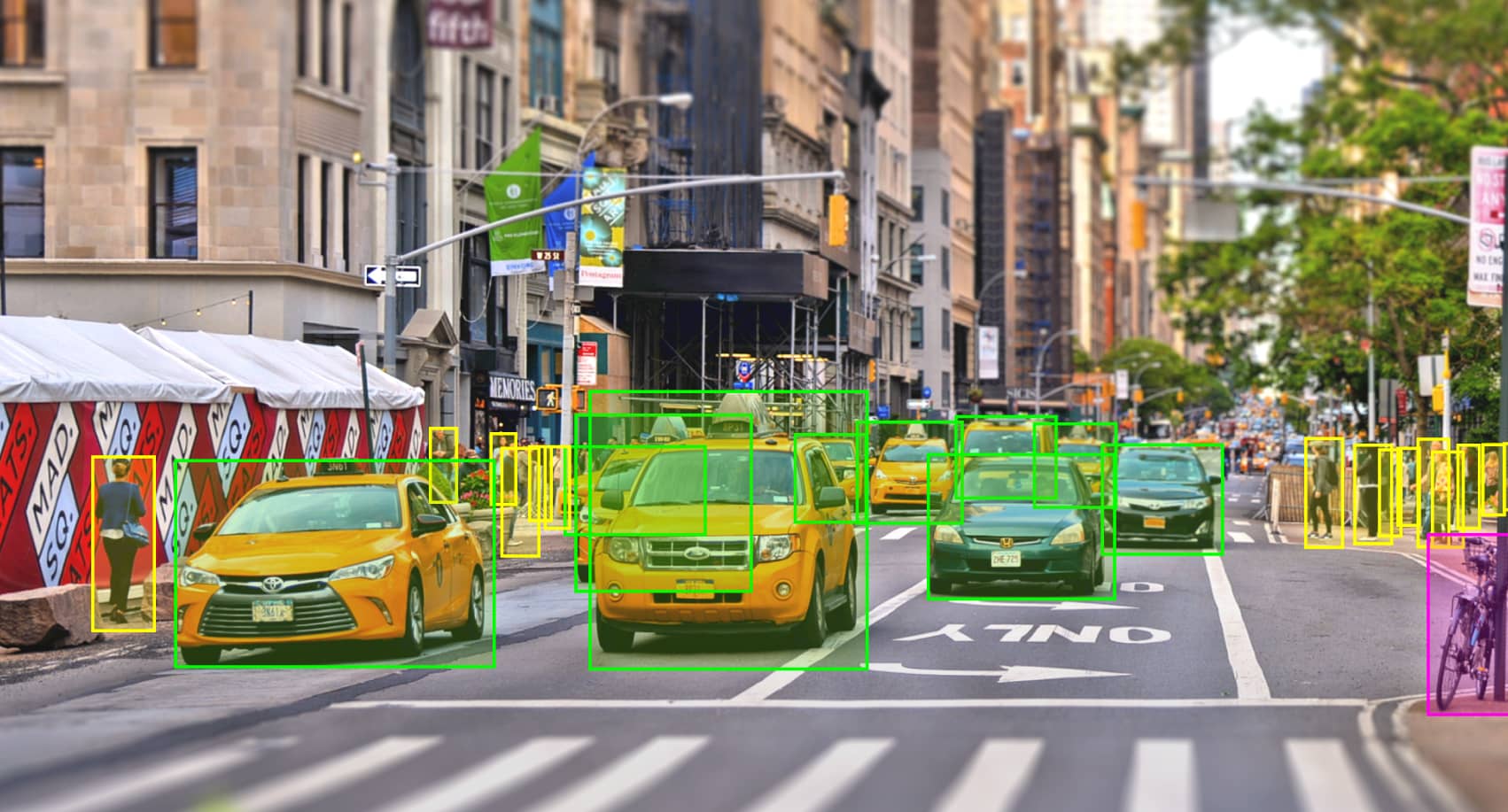In the current data-driven world, businesses across industries rely on the effectiveness of artificial intelligence (AI) and machine learning (ML) to discover useful insights from massive amounts of data. Image annotation, which is a fundamental technique of computer vision, is a way to discern visual information. This article focuses on the subject of image annotating and the importance of software, tools, and solutions for unlocking the power of data-driven decision making.

Image annotation is a method which involves labeling or tagging images with metadata. This allows computers to understand and interpret visual information in a precise manner. Image annotation allows models to detect objects, patterns and attributes in images, by introducing annotations, such as bounding boxes or polygons. This process bridges the gap between raw image data and actionable insights, paving the way for applications in various areas, such as autonomous vehicles as well as medical imaging, e-commerce and surveillance systems.
To streamline the image annotation process, an extensive assortment of annotation tools have been designed. These tools have intuitive interfaces that let users easily mark objects or images that are of curiosity. They offer a variety of annotation options, as well as customizable features which can be customized to meet particular data requirements. An image annotation tool is offered in a variety of options, which include basic drawing tools, advanced shapes recognition, as well as automatic annotation suggestions. Annotators have the capability to work quickly and efficiently.
Image annotation tools takes the annotation process to the next level by incorporating automation and collaboration features. The software programs use ML algorithms to automate the process making it easier to work with less manual effort and increasing the speed at which annotations are made. By employing techniques like transfer learning and active learning, the software can speed up the labeling process while maintaining the highest quality of results.
An annotation software allows seamless collaboration between multiple annotations. It provides real-time annotation synchronization and commenting functions that ensures a smooth exchange of information. This collaborative approach does not only enhance the quality of annotations, it also facilitates knowledge sharing and ensures that annotations are consistent.
In choosing an image-annotation system, you should consider several factors. The solution must be able to meet the requirements of the project. This is a consideration for the type of annotations required (e.g. bounding boxes, keypoints, polygons) in addition to the difficulty and scalability.
In addition, flexibility and adaptability The second factor is flexibility and adaptability. A reliable annotation system should be able to modify workflows to accommodate annotations, and also integrate with the existing software for managing data. It should also be compatible with various data formats. This flexibility means that the annotation software will seamlessly integrate into workflows and pipelines that are already in place, enhancing overall productivity.
Thirdly, it is crucial to assess the accuracy of annotations that the software generates. The most reliable image annotation software uses quality control methods to ensure an accurate and consistent labeling. These methods can include annotator validation and feedback loops that are continuous between the annotators.
The impact of image annotating goes beyond the annotation process. Image annotation solutions, tools, and software can help companies maximize the value of their data through a variety of ways. An accurate annotation is essential to the creation and the training of ML models with higher accuracy and reliability. The models can be used in a variety of applications, including the classification of images, recognition of objects and anomaly detection.
Image annotation also facilitates data-driven decision making through providing deep, relevant insights from the visual data. In the healthcare industry medical images that are annotated with annotations can help diagnose conditions, recognize abnormalities or even plan treatment. In the world of e-commerce, annotations on images support product recommendation systems and image search functions, and visual merchandising techniques.
The use of image annotation with data science has revolutionized the way we work, unlocking a valuable resource. It aids in the speed of the analysis of data, find hidden relationships, and drive instantaneous insights. Annotating images can help companies improve their processes and get to market faster, thereby reducing costs. Additionally, it gives them an edge in the market. By focusing on the ability of images to visualize concepts that are simpler to grasp than abstract images, properly annotated images also improve the accessibility of data and the accessibility of stakeholders throughout all organizations. If used correctly images can be an effective method of transforming data into actionable data and maximizing its value in all kinds of applications.
